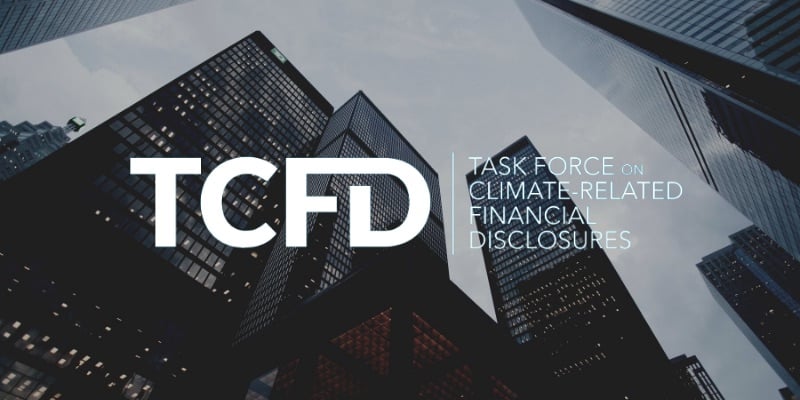
Climate Risk & Resiliency Planning
Uncover Climate Risks and Opportunities
To increase resilience in an uncertain world, you must deeply understand your risks and vulnerabilities. Resiliency planning is nothing new, but many companies overlook the implications of climate change on their operations. From risks associated with transitioning to a low carbon economy to physical risks on your assets, a sound business strategy considers the changing climate.
Not only this, but today’s investors want to know how climate risk might impact your business. For public companies, climate resiliency planning is becoming a core requirement of many ESG reporting platforms, most notably the Task Force on Climate-Related Financial Disclosures (TCFD).
Our team will help you assess your company’s ability to adapt to a broad scope of climate risks – both physical risks and the less tangible policy, market, technology, and reputational risks. We’ll equip you with a concrete strategy to address your hotspots, respond to investor questionnaires, and more.
With SBC’s Climate Risk & Resiliency Planning Services, you can:
- Determine how robust your risk management frameworks are
- Quantify the financial implications of climate-related risks on your business
- Stress test your resiliency against multiple climate scenarios
- Align your efforts with industry best practices for streamlined ESG reporting
- Get ahead of emerging SEC climate disclosure regulation
- Confidently respond to investor questionnaires
Did You Know?
Climate scenario analysis is recommended by the Task Force on Climate-Related Financial Disclosure (TCFD). The Task Force suggests that organizations describe the resilience of their business strategies by conducting multiple climate-related scenarios, including temperature-based scenarios.
Learn more about climate scenario analysis.
Our Process
Wondering how it works? Building a risk management framework that is responsive to all relevant climate risks can be boiled down to three key steps:
Determine Materiality
Determine what ESG risks are most influential on your business. A few examples include legal risks and physical risks from changing weather.
Identify Gaps
Analyze your existing processes to identify gaps against industry standards, such as TCFD’s key recommendations on climate disclosure.
Create Action Plan
Create an action plan to manage your most material risks and integrate the results into your planning, budgeting, and business processes.
Featured Case Study
Climate Resiliency Planning
Learn how SBC helped a transportation company uncover physical, financial, brand, social and reputational risks from climate change, and how those insights were used to develop a sustainability roadmap and enhance climate resiliency.






